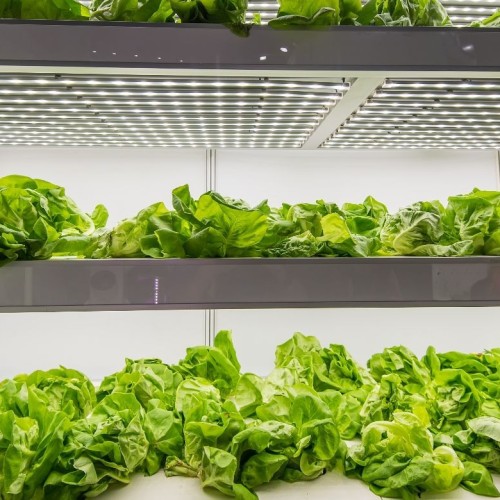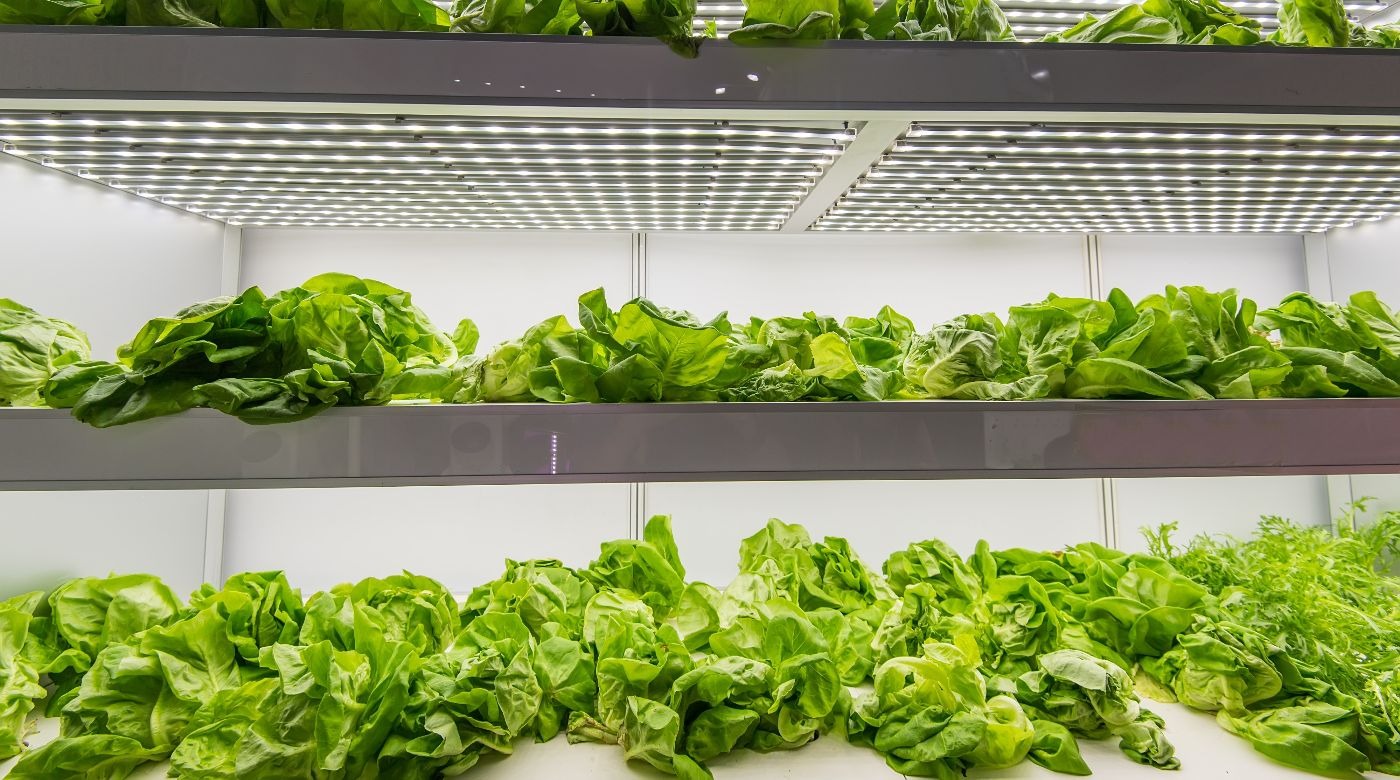Home hydroponics is becoming more and more popular. Unlike outdoor gardening, it allows you to grow vegetables, herbs, and even certain fruits all year round in the comfort of your home. But what exactly are the benefits of hydroponics, and what basic equipment do you need?
Guaranteed fresh and organic vegetables, all year long
Just imagine. You’re making a batch of your famous spaghetti sauce and, to give it more flavour, you add a handful of basil—freshly picked from your own kitchen counter! With hydroponics, you have access to ultra-fresh organic produce year-round.
Having your own vegetable garden also helps reduce your environmental footprint. You’ll still need to go to the grocery store, but not all of the food you eat will have to travel umpteen miles before ending up on your plate. And by not using pesticides, you won’t be contributing to air or water pollution either.
Having fresh vegetables on hand will also encourage you to eat healthier by making it easy to eat more greens.
After all, who can resist a perfectly ripe tomato?
There are even psychological benefits to growing your own food. Harvesting vegetables that have taken weeks of care to grow is incredibly rewarding. Indoor plants also happen to be both trendy and beautiful!
If at first you don’t succeed…
While growing a garden in the comfort of your own home has many benefits, it also takes time and money. You have to buy certain equipment and be committed to taking care of your plants. For example, if you’re going away on vacation for several weeks, you should ask someone to look after your plants so that you don’t come home to a nasty surprise.
It’s also important to remember that hydroponic cultivation doesn’t always work the first time. Even if you have the best of intentions, it may take a few tries before you’re able to reap the fruits of your labour. To avoid disappointment, start with plants that are easy to grow, such as basil, chives, parsley, or other herbs. When you feel confident enough, you can up the ante and try growing your own eggplants, peppers, or strawberries.
Essential equipment
Growing a vegetable garden at home doesn’t have to cost a fortune. While some equipment can cost hundreds of dollars, you can also get inexpensive starter kits for beginners at big-box stores.
Whatever your budget, you’ll need a few essentials. For starters, make sure to pick up a pH tester, as the pH of the water is crucial in hydroponics. Most plants require a slightly acidic pH. It’s also important to monitor humidity and temperature. Too much humidity, for example, can create a favourable environment for harmful bacteria, while too low a temperature can seriously affect the growth of your plants. That’s why it’s important to buy a thermometer and a hygrometer suitable for hydroponic gardening. Herb scissors are another indispensable tool for the urban gardener, as they make it easy to harvest herbs without damaging the plants.
If your plants need a lot of sunlight every day, you may want to invest in artificial lighting. Make sure to choose lights that are suitable for hydroponics or you could end up damaging your plants.
Choosing the right room
Good lighting is one of the keys to successfully growing your own vegetable garden. If possible, keep your plants in a room with a good-sized window that faces either south or west. That will give your plants at least four hours of sunshine every day. If your windows face north or east, you can make up for the lack of sunlight by getting a grow light.
Although it may be tempting to set up your garden in your bedroom to create a calming environment, keep in mind that vegetable plants can have a high light requirement—sometimes as much as 16 hours per day. Having to keep LED lights on at night is less than ideal when you’re trying to go to sleep.
In short, even if you don’t have a green thumb, there’s nothing stopping you from having your own vegetable garden at home. There are many beginner-friendly techniques you can try that will allow you to enjoy the freshest possible produce all year round—even in the middle of January!
Key takeaways
- Essential tools for growing a home garden include a hygrometer, a thermometer, and a pair of herb scissors.
- Start with plants that are easy to grow, such as herbs. Later, you can move on to plants that require more skill, such as vegetables and berries.
- Make sure your plants get enough light, but don’t put them in your bedroom.
- Your first attempt may not be successful, but don’t give up!


